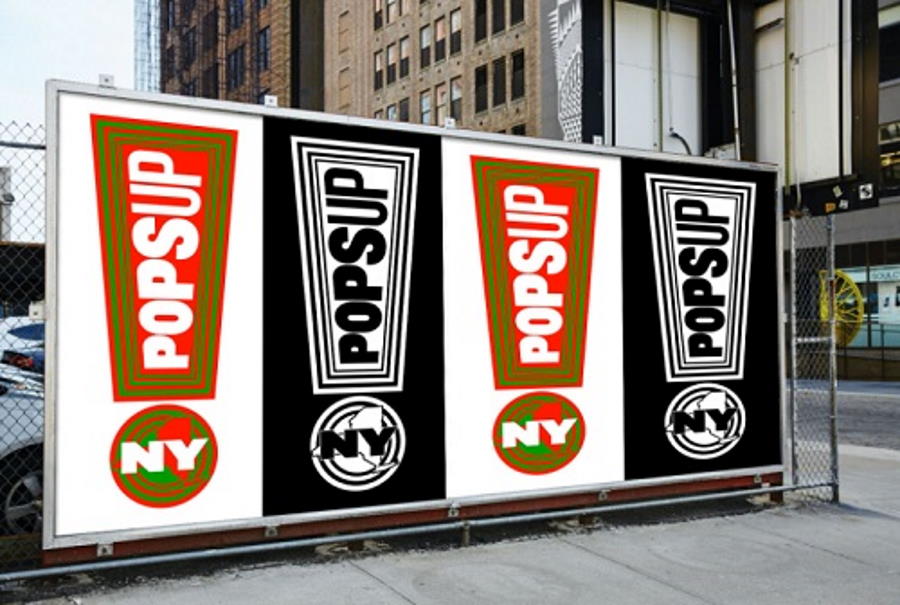How did you survive the apocalypse?
I, for one, spent hours relistening to Autumn and adrienne maree brown’s remarkable podcast How to Survive the End of the World. The very idea of an apocalypse is enough to fill anyone with fear. But the Brown sisters pose an interesting question: What if the apocalypse isn’t something we should run from but run toward?
The word apocalypse comes from the Greek meaning “an unveiling or revelation,” and in many ways that could not be more accurate. Last year hit the arts sector like a ton of bricks. Between a public health crisis that continues to rage, an economic crisis with record unemployment, a political crisis that almost ripped our country apart, and a justice movement fighting for the value and sanctity of Black lives, our field has scrambled to remain relevant while addressing decades of inequity, bias, and systematized racism.
Now, with the end of the pandemic in sight, what great truths have been unveiled? And what radical futures might exist on the other side? Some predominantly white institutions took the time to slow down, listen to the needs of BIPOC communities, and shift their ways of working at a fundamental level. Others posted hastily written statements of solidarity without explicitly stating “Black Lives Matter.” (Some of y’all even forgot to capitalize the letter B.) Most remained silent in the face of violence against our Asian American Pacific Islander, Latine, and Indigenous/Native siblings. And almost everyone grasped at low-hanging fruit: Find a consultant. Promote a staff member of color. Hold an afternoon training!
Some organizations and leaders took a different route. Faced with uncertainty at every turn, they chose silence. When asked to lean into this moment, they held their breath and waited for the reckoning to pass. Perhaps frozen from fear of making the wrong choice, they made no discernible choice at all.
These silent gatekeepers, the ones who have made no public steps toward accountability and transformation after a year in purgatory, are now racing to reopen their doors. Dismantling racism and injustice isn’t easy. But if your organization hasn’t made visible strides to address supremacy and harassment, and if your systems and structures are just as imbalanced and unequal and harmful as they were before the shutdown, do you really deserve to come back?
This question keeps me up at night.

I live on the unceded territory of the Leni Lenape people, in what is now known as Manhattan. Two thirds, or 66 percent, of performing arts workers in New York City were unemployed in the last year, a figure in which independent artists, lower-level administrators, and smaller institutions of color are disproportionately represented. Over 11 million Americans applied for unemployment in 2020. I was one of them.
I don’t wish economic hardship on anyone, especially our rank-and-file theatre workers. And I recognize the stress and uncertainty all our institutions have had to wade through. But the idea that we have to choose between dismantling a harmful and inequitable industry vs. opening our doors to expand revenue is a false binary that places the burden of safety and security on the most vulnerable. I miss theatre, and I want to come back safely—not just safe from COVID, but safe from exploitation, abuse, tokenism, and harm.
If one looks at the myriad of ways predominantly white institutions continue to fail, it’s easy to lack faith in a just recovery. It’s 2021, and theatre and arts orgs still hire mostly or all-white creative and design teams; reward executives with barely reduced six-figure salaries and whole-ass houses in Brooklyn; shelter toxic white men in leadership for too long; and draft job descriptions that tout their “traditional core white audience.” Black, Indigenous, and other communities of color witness these mistakes with exhaustion and very little surprise. It’s deeper than deep, and a simple social media post or a public statement doesn’t begin to address it.
We know the economic recovery has been unequal. Our most vulnerable communities—including immigrants, front-line workers, and communities of color—have suffered while others thrive. This K-shaped recovery is mirrored in institutions that survived the pandemic through access to PPP loans and wealthy donors, while the axe fell hard on lower-level staff members, independent artists, and small companies. Power doesn’t give itself up without a fight, and supremacy protects supremacy. You can’t help but link that systemic inequity to last week’s bombshell at The Hollywood Reporter that water is wet and Scott Rudin is a toxic monster. The fact that he was empowered by another toxic white man in a position of power to usher in the revival of the New York arts scene should be an affront to us all. Bullies should not benefit directly from public-private partnerships, and producers like Rudin don’t deserve our attendance, our tax dollars, our artistry, or our time.
The silence and complicity we see on an individual level are reflected in the silence of our largest, most privileged networks. Take the Broadway League. After numerous, specific and detailed calls for accountability and transparency from We See You, White American Theater, the League has so far said…nothing. No broad-based commitment to equity and justice. No leadership through this moment of racial reckoning. Like many organizations without a compass, the Broadway League recently announced a search for a director of equity, diversity, and inclusion. Every BIPOC theatremaker I know prays for that person’s protection and safety as they enter the belly of the beast.
We have witnessed fantastic grassroots organizing and coalition-building in the last year from artist-led collectives like Broadway for Racial Justice, Broadway Advocacy Coalition, AFECT Change, and many others. But these efforts are from the outside looking in, and Broadway theatre producers are still racing to reopen with no clear vision or commitment for a future that is better than our past.
These are all glaring examples, but white supremacy culture continues to pervade how we work in all parts of the industry. According to a recent progress report from WSYWAT, over 100 theatre companies have responded to their 31-page list of demands with public statements of accountability. Even so, these institutions will be challenged to sustain those lessons when production ramps up again. I’ve spent enough time in regional and Off-Broadway theatres to know how the production pipeline is shaped through this narrow lens. Our institutions are built on cultures of supremacy that manifest in a false sense of urgency and a “too big to change” mentality. Timelines are short, debriefs are few, and processes are written in stone. Institutions are built on hierarchical structures that breed perfectionism, paternalism, and the hoarding of information and access. They are cloaked in defensiveness, protecting white comfort above the lived experiences of people of color. Before anyone thinks they’re exempt, recognize that these characteristics apply as much to our training programs, regional theatres, and Off-Off-Broadway companies as they do to our largest organizations.
During the pandemic and well before, the brunt of progress and change has been shouldered by Black, BIPOC, queer, and trans theatremakers—most of whom do not have the letters E, D, or I in their job descriptions. The sheer amount of unrecognized, invisible BIPOC labor has left many folks feeling exhausted, depleted, used, and abused. If you work in an arts organization, look at your staff. How’s morale? How are your colleagues of color? Are they experiencing layers of racial trauma and burnout? How can we expect these institutions to re-emerge fruitfully when their very own people are running on empty?
If you’ve made strides to address racism and harassment during the pandemic, good for you. I need you to keep that same energy when we get back into the theatre. Don’t let urgency, scarcity, or finances force you to place equity and justice on the back burner. Commit publicly to anti-racism and keep updating your community on your progress. Design budgets that reflect your stated values, and empower your leaders of color with resources, agency, and respect. And when you mess up (because you will mess up), model accountability, transparency, and transformative justice. In the words of Brené Brown, “Practice empathy: Mess up, circle back, clean it up, and try again.” Trust me, your community is watching.
I believe culture matters to everyone, but our cultural institutions don’t serve everyone. We can change that if we change who we center. In order to build a healthy and resilient arts sector, we must center the voices and experiences of the most marginalized (particularly Black, BIPOC, queer, and trans folks), and disrupt cultures of supremacy and bias at all levels. Silence, inaction, and complicity are small daily choices that link to a larger culture of supremacy, erasure, and violence. Connect the dots. This violence affects BIPOC communities within our industry and in the world at large.
I don’t know about you, but I’m not afraid of the great unveiling anymore, because I can see the possibility that lies beyond. Organizational leaders who are not ready to acknowledge their role in supremacy and evolve their way of working don’t deserve to be at the vanguard of our industry’s revival. Maybe this is your apocalypse. And maybe that’s not such a bad thing.
Bryan Joseph Lee (he/him) is a creative producer, arts maker, and community organizer based in New York City. He is the founder of CNTR ARTS, a creative agency that centers artists, activists, and communities of color.


